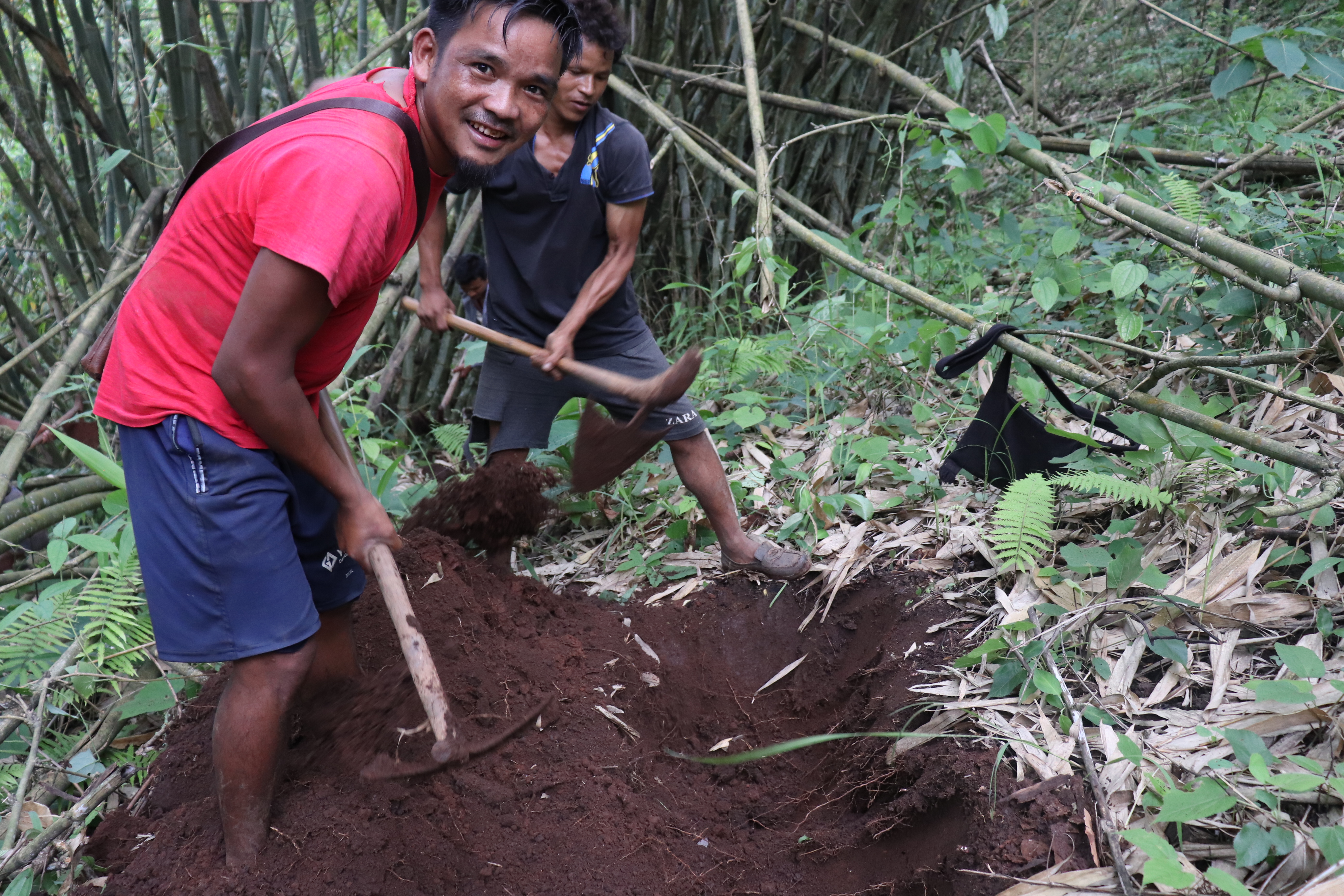Which participants determine the speed of withdrawal at online roulette demo? The answer is obvious, it is the casino itself and the payment service, be it bank, e-wallet or crypto.
Growing their own community forest to save the climate
Tree plantations can help in tackling climate change and reducing global heating.
Climate change is one of the contemporary issues which everyone talks but only a bunch of people take the initiative to work toward the solution.
Indiscriminate afforestation and cutting down of trees without replanting lead to many disastrous consequences as it creates an imbalance in the ecosystem. We are closely connected with nature for meeting our basic day-to-day needs in form of energy, air, water, food, crops, and the absence of tress and forest can jeopardize the whole human existence.
Some baby steps are already being taken, such as the community forest, under the FARM North East program to regreen the forest and plant trees. Mawiong, one of Caritas India’s FARM project villages consisting of 75 households has created an astonishing initiative.
“Today we have seen that the forests are decreasing day by day which calls for the community as action to organize awareness program to preserve and recreate our mother earth, especially water sources,” says Mattheus Maring, the Headman of the Village Bah.
He added, “Luckily, we still have our own Community Forest that belongs to the community which can be used by the whole villages in receiving water supply.”
In 2012, the community started planting 3500 saplings for domestic use only but now once a year the community has made tree plantation as their main activity. It helps in protecting soil from erosion, reducing the risk of flooding and providing habitats for a vast range of animals and other plant species.
With the advent of the Social Service Centre (SSC), a Caritas India partner in Mawiong village through the FARM NE Project, the awareness and mobilization about the Climate change and forest conservation has grown in people’s thinking and behaviour. While motivating them during various programmes on forest conservation, the SSC staff encourages the community people to identify one community land to plant trees along with wild edibles. Whereas the community already have the community forest which they used to plant trees every year for water storage and to consume various wild edibles from the forest.
With the support and motivation of SSC, the community took an initiative in August 2021 to increase the number of saplings by asking all 75 households to provide 30 roots that produced water with 2,250 trees in total. Thousand each sapling of Michalia Champaca (lDiengrai) and Duabanga grandiflora (Dieng Mului) and two fifty Drimy carpus (Dieng Sali) saplings were planted which helps in producing a quick water source. During the day, huge participation from the ‘Longkpa’ (Men), ‘Longkmie’ (Women) and ‘Samla’ (Youths) were seen to strengthen the water source coming from the roots of the trees. They make sure to visit and take good care of the forest by cleaning once a year especially during the winter season to prevent wildfires. The goal of this activity is to preserve for the future generations so that the water resource will be sturdy as well as the plan is to make it a Nutri-garden by cultivating wild edibles or traditional vegetables at the same time. They plan to bring innovations in the summer season during June to collect various wild edibles for preservation and cultivation at the same spot for examples like ‘Colocasia esculenta(L)’(kaWang), Musa balbisianacolla (Pashor Kait) and various wild edibles that need to be cultivated for preservation by dividing the community forest to make a nutria-garden.
Kong Nomita Lyngdoh, a member of Seng Longkmie, said “Mawiong village lacks water resources in the past 2 years but the community as a whole and for the need of the whole community tree plantation was taken up to be an activity for the preservation of the forest, and collecting water source from trees.
Copyright Caritas India 2013 ! Developed by Neural Info Solutions Pvt. Ltd.



















































